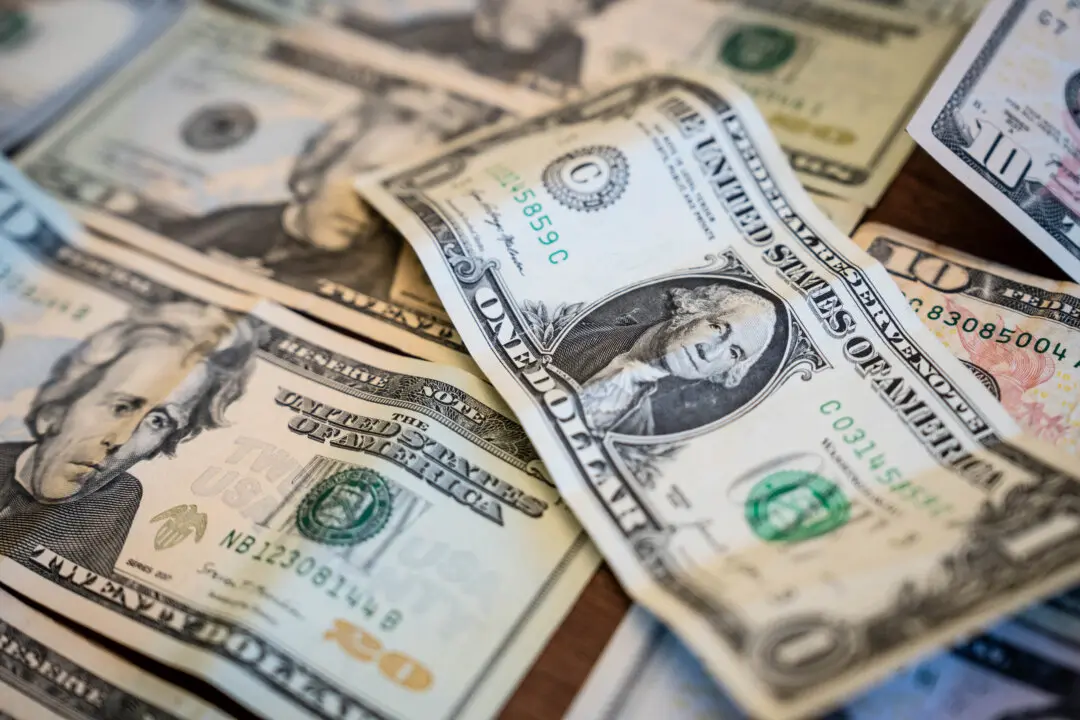The personal consumption expenditure (PCE) price index—the Federal Reserve’s preferred inflation gauge—was unchanged at an annual rate of 3.4 percent in September, according to the Bureau of Economic Analysis (BEA).
Economists had widely anticipated that the PCE would be unchanged.





